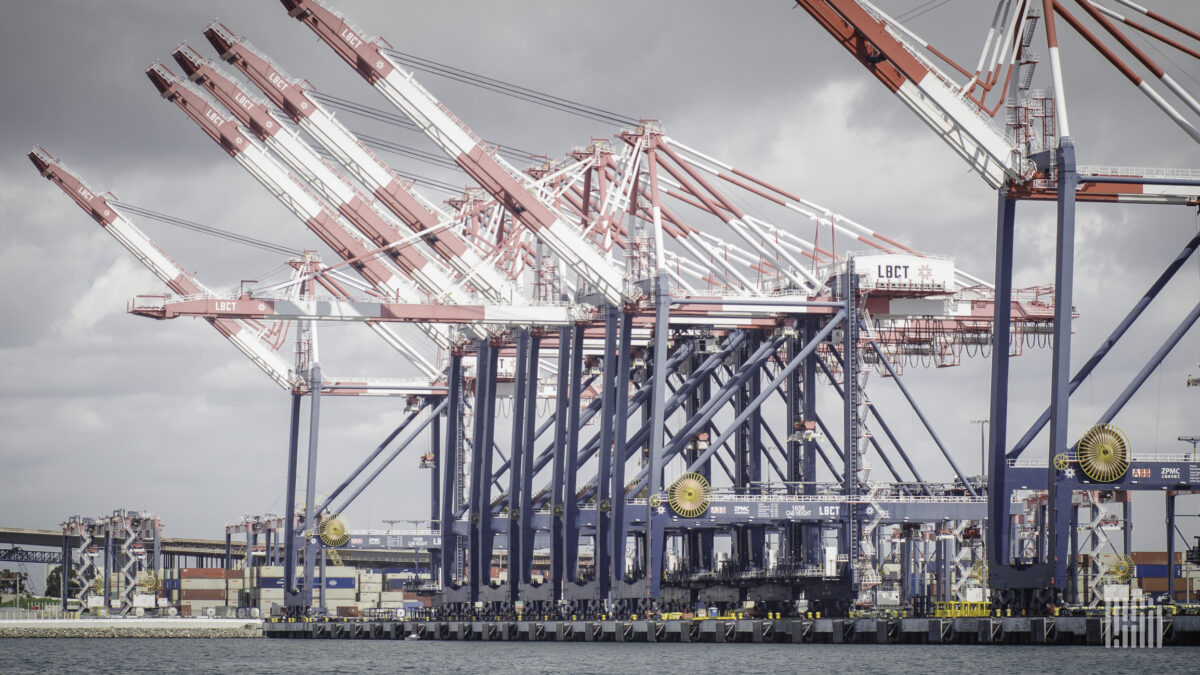[ad_1]
A few weeks ago, I listened to an incredible deep-dive into the history of Lockheed Martin which, of course, read as a history of technology during the Cold War.
Here’s one thing that stuck out.
The U2 spy plane was built by Lockheed Martin in just eight months, with the goal of getting real-time intelligence while flying high enough to avoid detection from Soviet radars.
The U2 couldn’t avoid detection. However, it was able to fly fast enough to not get shot down, creating a treasure trove for US intelligence. But that came to a grinding halt in 1962 when the USSR downed one.
Despite the monumental surveillance edge, in parallel, Lockheed Martin continued to work on Corona (yep, that was its name), a revolutionary satellite surveillance program. This was so revolutionary that it predated digital photography so film from the satellites were literally dropped in a canister from the satellite and, after reentry, its parachute would get hooked by a fleet of C-130s deployed to where they thought it would fall.
It’s bonkers.
But here’s where the tech connection comes in.
In the first mission that a Corona satellite made, it produced better coverage of the USSR than all U2 flights combined.
This was a paradigm shift.
But not a replacement. Governments now use both satellites and planes for surveillance, not one or the other.
Besides how interesting the full three hour podcast was, I had a few other takeaways that will bring us back to freight (but still stay in the air!).
The first is that despite the existence of one type of tech that unquestionably worked, innovation on other fronts continued. Most tech development doesn’t happen in eight months and the only way to keep innovation going is to constantly be exploring new directions (and, of course, carefully selecting which ones are pursued).
The other takeaway is that the new doesn’t always replace the old. In many cases, they live side by side, complementing each other.
At Freightos, we’ve seen this loud and clear with WebCargo’s freight rate management for forwarders. Yes, real-time eBooking for forwarders has popped over the last three years, with hundreds of thousands of them placed every quarter across our platform. The new tech is live and kicking.
But, in parallel, as market conditions changed, static rates received by WebCargo grew more than 30% between July 2022 and July 2023. In other words, static rate management and real-time eBookings are two sides of the same coin…and a full stack approach requires both.
Yes, I do believe that – long term – more contract rates will be delivered digitally and that carriers will increasingly shift to more dynamic pricing but, for now, no forwarder – or their customers – can be without one or the other.
[ad_2]
Source link












